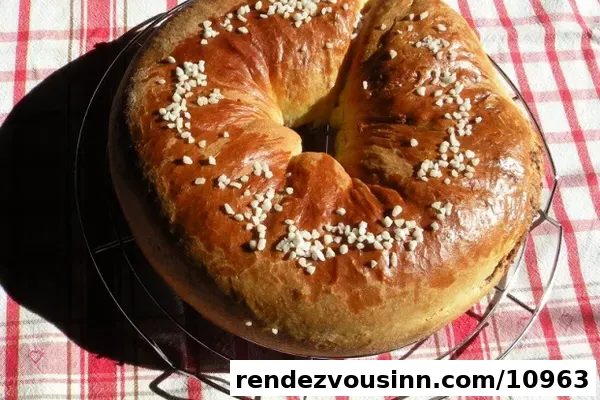Preparation of the yeast dough:
The dampfl or fermentation test is made at the beginning.
To do this, mix the yeast well with warm milk (1) (or water), sugar (1) and flour (1) and let it rise in a warm place to double its height.
The flour (2) is put in a baking bowl of sufficient size with sugar (2), salt and the spices.
Melt the fat, add the milk (2) and beat the eggs in it.
When all this is prepared together, stir first the steam and then the liquid into the flour and beat the dough until it is smooth and comes off the wooden spoon. The dough is now lightly covered with flour, a tea towel is spread over it and it is left to rise in a place warm to the touch until it has doubled in height.
Before shaping the dough, knead it well on a floured board. This will make the pastry fine-pored.
Preparation of the pastry:
The risen, well kneaded yeast dough is rolled out to a thickness of 1 cm.
First coat with melted butter, then sprinkle with sugar, cinnamon and raisins.
Roll the dough tightly and put it into a greased, medium sized Reindl (= shallow baking pan) or into a Gugelhupfform.
It is baked at 150 °C.
After it has cooled down, it is turned out of the mold.
At Easter Reindling is eaten together with ham and horseradish (Kren = horseradish). Otherwise it is a popular breakfast and snack pastry with milk coffee.
Tip: Always use






